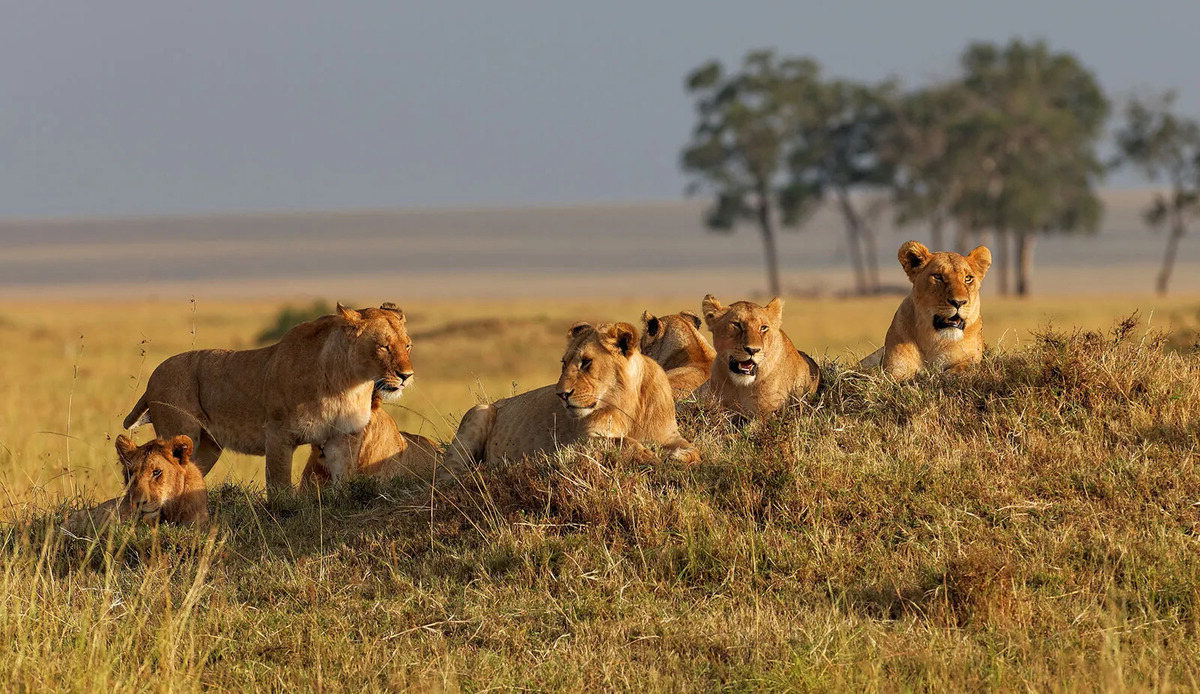
Ecosystems are like nature's bustling cities, each with its own unique roles and responsibilities. Ever wondered how everything from the tiniest ant to the tallest tree contributes to the environment? Ecosystem roles are the different jobs that plants, animals, and microorganisms perform to keep nature balanced and thriving. These roles include producers, consumers, and decomposers, each playing a vital part in the circle of life. For instance, bees pollinate flowers, helping plants reproduce, while fungi break down dead matter, recycling nutrients back into the soil. Understanding these roles can help us appreciate the intricate web of life that sustains our planet. Ready to dive into 25 fascinating facts about these roles? Let's get started!
Key Takeaways:
- Ecosystems are like a big team where every player has a unique role, from plants making food to lions keeping other predators in check. It's like a natural game of balance and teamwork!
- Humans have a big impact on ecosystems, but we can also help protect them. From saving forests to using eco-friendly practices, we can be the superheroes of nature!
Ecosystem Roles: An Overview
Ecosystems are complex networks where living organisms interact with their environment. Each species plays a unique role, contributing to the balance and health of the ecosystem. Here are some fascinating facts about these roles.
-
Producers: Plants, algae, and some bacteria produce their own food through photosynthesis, forming the base of the food chain.
-
Primary Consumers: Herbivores like deer and rabbits eat producers, transferring energy up the food chain.
-
Secondary Consumers: Carnivores such as wolves and hawks prey on herbivores, maintaining population balance.
-
Tertiary Consumers: Apex predators like lions and sharks sit at the top of the food chain, controlling the populations of other predators.
-
Decomposers: Fungi and bacteria break down dead organic matter, recycling nutrients back into the soil.
The Importance of Biodiversity
Biodiversity ensures ecosystem resilience and productivity. Different species contribute in various ways, creating a balanced environment.
-
Pollinators: Bees, butterflies, and birds help plants reproduce by transferring pollen, crucial for food crops.
-
Seed Dispersers: Animals like squirrels and birds spread seeds, aiding plant growth and forest regeneration.
-
Nitrogen Fixers: Certain bacteria and legumes convert atmospheric nitrogen into forms plants can use, enriching the soil.
-
Keystone Species: Species like sea otters and elephants have a disproportionate impact on their environment, maintaining ecosystem structure.
-
Ecosystem Engineers: Beavers and termites modify their habitats, creating new environments for other species.
Human Impact on Ecosystems
Human activities significantly affect ecosystems, often disrupting the natural balance. Understanding these impacts is crucial for conservation.
-
Deforestation: Clearing forests for agriculture or urban development destroys habitats and reduces biodiversity.
-
Pollution: Chemicals and waste contaminate air, water, and soil, harming wildlife and plants.
-
Climate Change: Rising temperatures and changing weather patterns alter habitats, affecting species survival.
-
Overfishing: Depleting fish populations disrupts marine food chains and ecosystems.
-
Invasive Species: Non-native species introduced by humans can outcompete, prey on, or bring diseases to native species.
Ecosystem Services
Ecosystems provide essential services that support human life and well-being. These services are often taken for granted.
-
Provisioning Services: Ecosystems supply resources like food, water, and raw materials.
-
Regulating Services: Natural processes such as pollination, water purification, and climate regulation benefit humans.
-
Cultural Services: Ecosystems offer recreational, aesthetic, and spiritual value, enhancing quality of life.
-
Supporting Services: Fundamental processes like nutrient cycling and soil formation underpin other ecosystem services.
-
Carbon Sequestration: Forests and oceans absorb carbon dioxide, helping mitigate climate change.
Conservation Efforts
Protecting ecosystems and their roles is vital for maintaining biodiversity and human well-being. Various strategies are employed worldwide.
-
Protected Areas: National parks and wildlife reserves safeguard habitats and species from human activities.
-
Sustainable Practices: Eco-friendly agriculture, fishing, and forestry reduce environmental impact.
-
Restoration Projects: Reforestation and wetland restoration help recover degraded ecosystems.
-
Legislation: Laws and regulations protect endangered species and habitats, promoting conservation.
-
Community Involvement: Local communities play a crucial role in conservation through education and sustainable practices.
The Bigger Picture
Understanding ecosystem roles helps us appreciate the delicate balance of nature. Every organism, from the tiniest microbe to the largest predator, plays a part in maintaining this balance. Biodiversity ensures ecosystems remain resilient and productive. When one species disappears, it can disrupt the entire system.
Human activities like deforestation, pollution, and climate change threaten these roles. Protecting ecosystems isn't just about saving animals or plants; it's about preserving the intricate web of life that supports us all. Simple actions like reducing waste, supporting sustainable practices, and conserving natural habitats can make a big difference.
By recognizing the importance of each species and their roles, we can work towards a healthier planet. Let's commit to being stewards of our environment, ensuring that future generations can enjoy the benefits of a thriving, balanced ecosystem.
Frequently Asked Questions
Was this page helpful?
Our commitment to delivering trustworthy and engaging content is at the heart of what we do. Each fact on our site is contributed by real users like you, bringing a wealth of diverse insights and information. To ensure the highest standards of accuracy and reliability, our dedicated editors meticulously review each submission. This process guarantees that the facts we share are not only fascinating but also credible. Trust in our commitment to quality and authenticity as you explore and learn with us.
